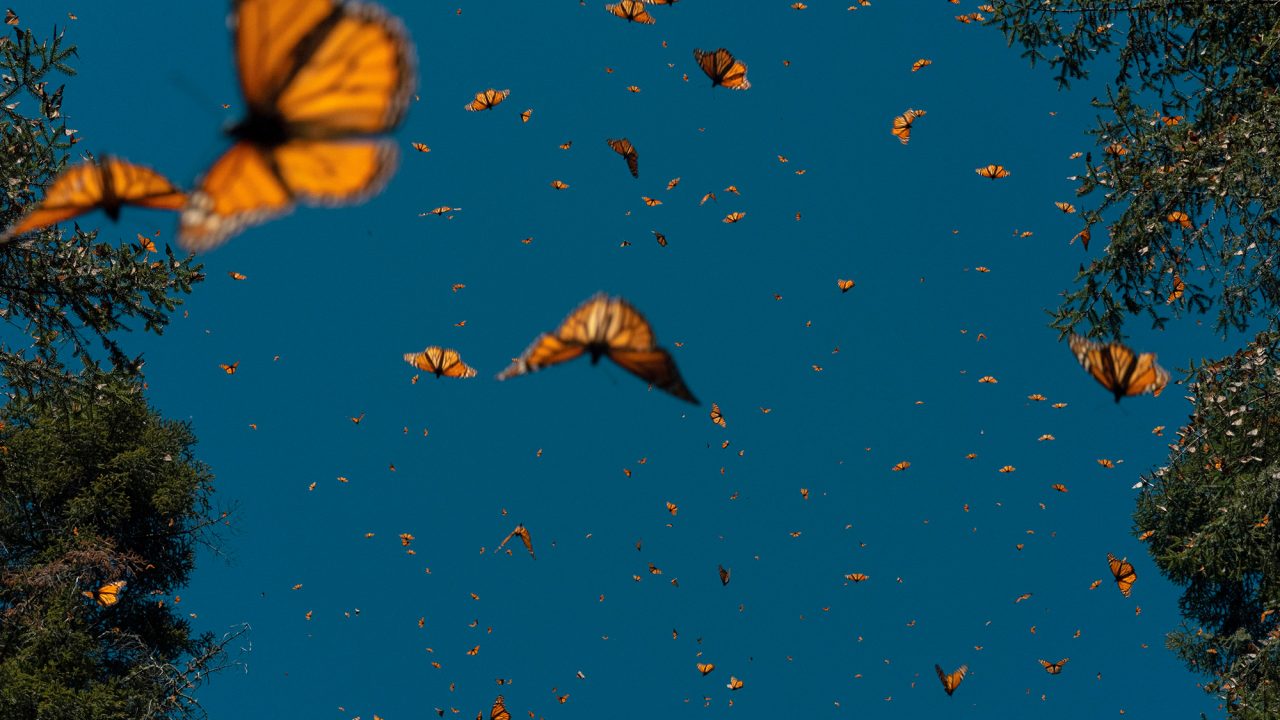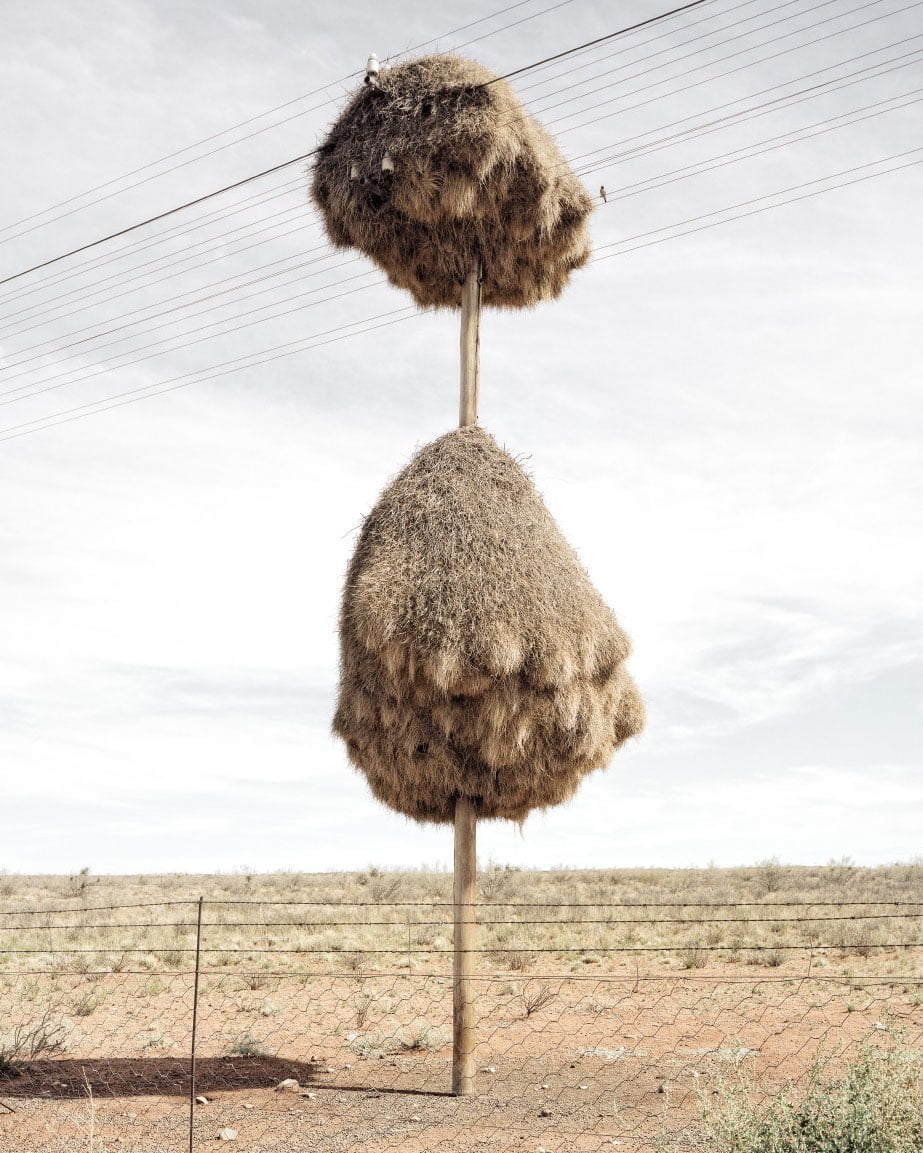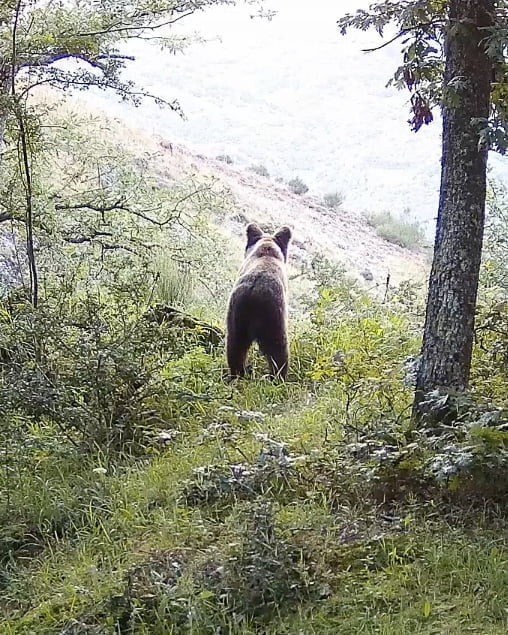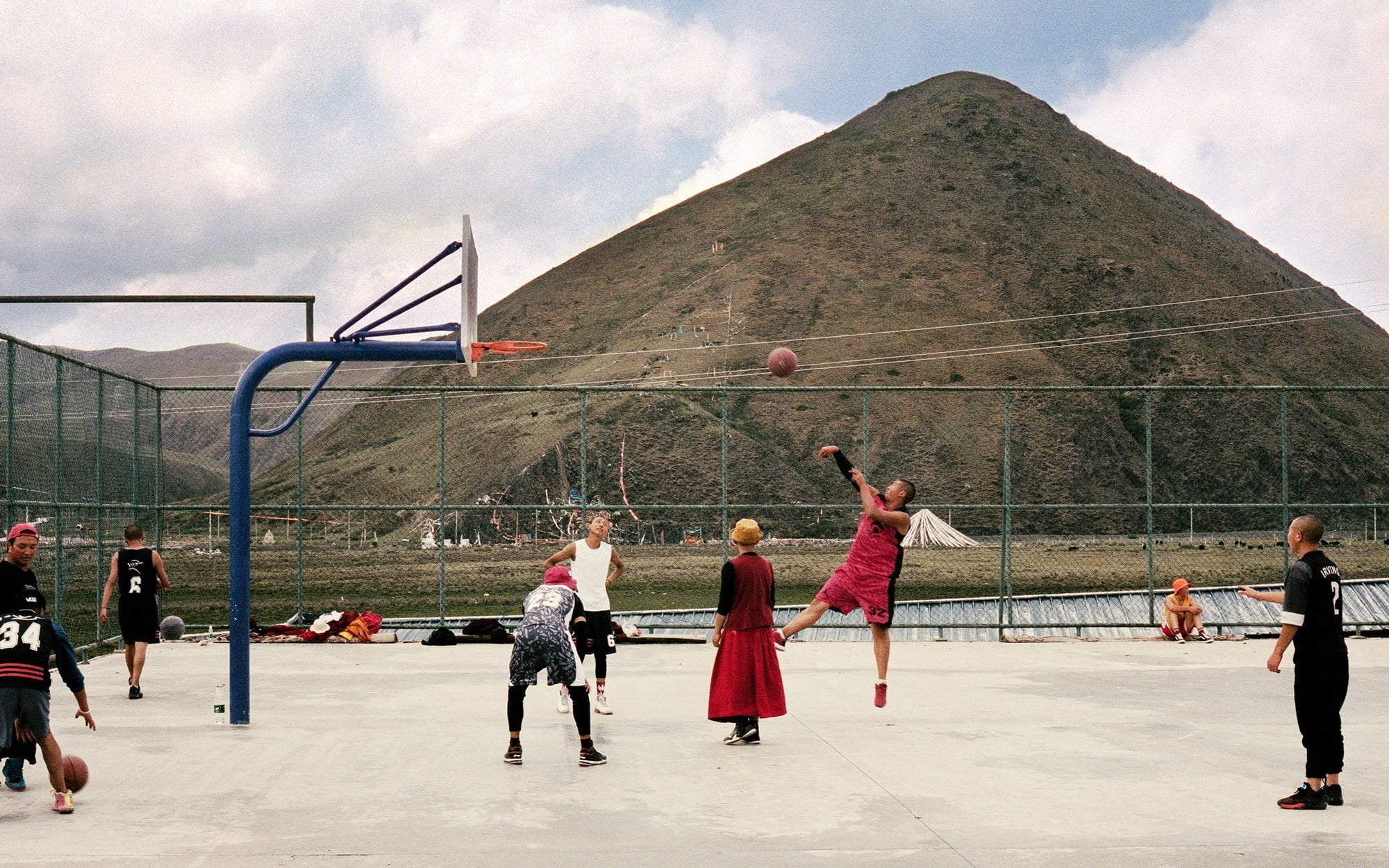Millions of monarch butterflies make the two-month journey to Mexico every year to hibernate. But with their forest habitats shrinking and their protectors facing violence, can these extraordinary insects keep surviving the migration?
Each of these monarch butterflies has just completed an epic feat for the first and last time.
Every autumn, the insects migrate thousands of miles from Canada and the United States to the mountains of Mexico. Their instincts tell them where to go – these butterflies have never been here before, and won’t live long enough to come back.
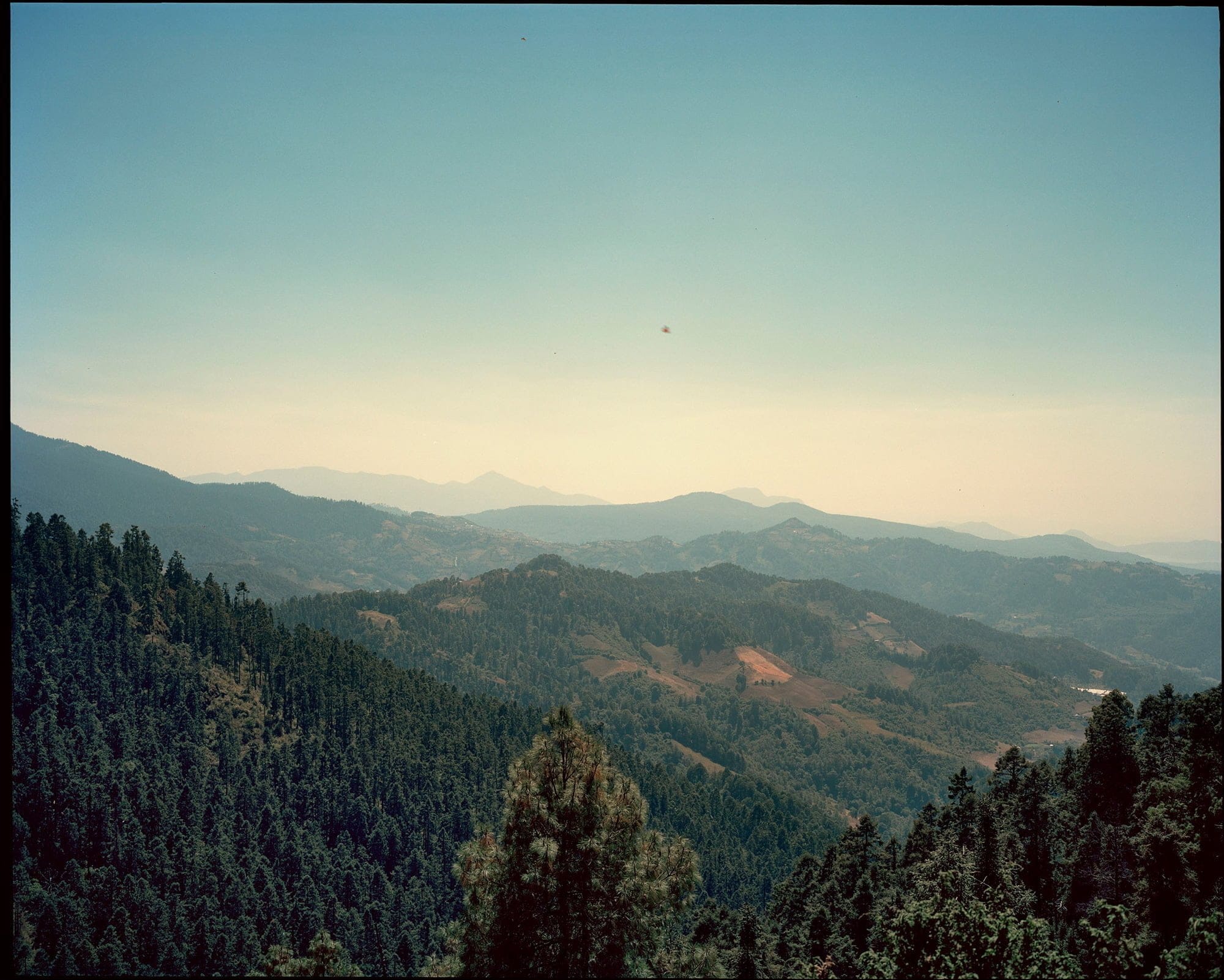
Monarchs are among the most common butterflies in North America. But their numbers have plummeted by 90% in recent years. Their survival depends on habitats across the continent – not just the wooded mountains of Mexico but also the shores of Newfoundland and the prairies of Texas.
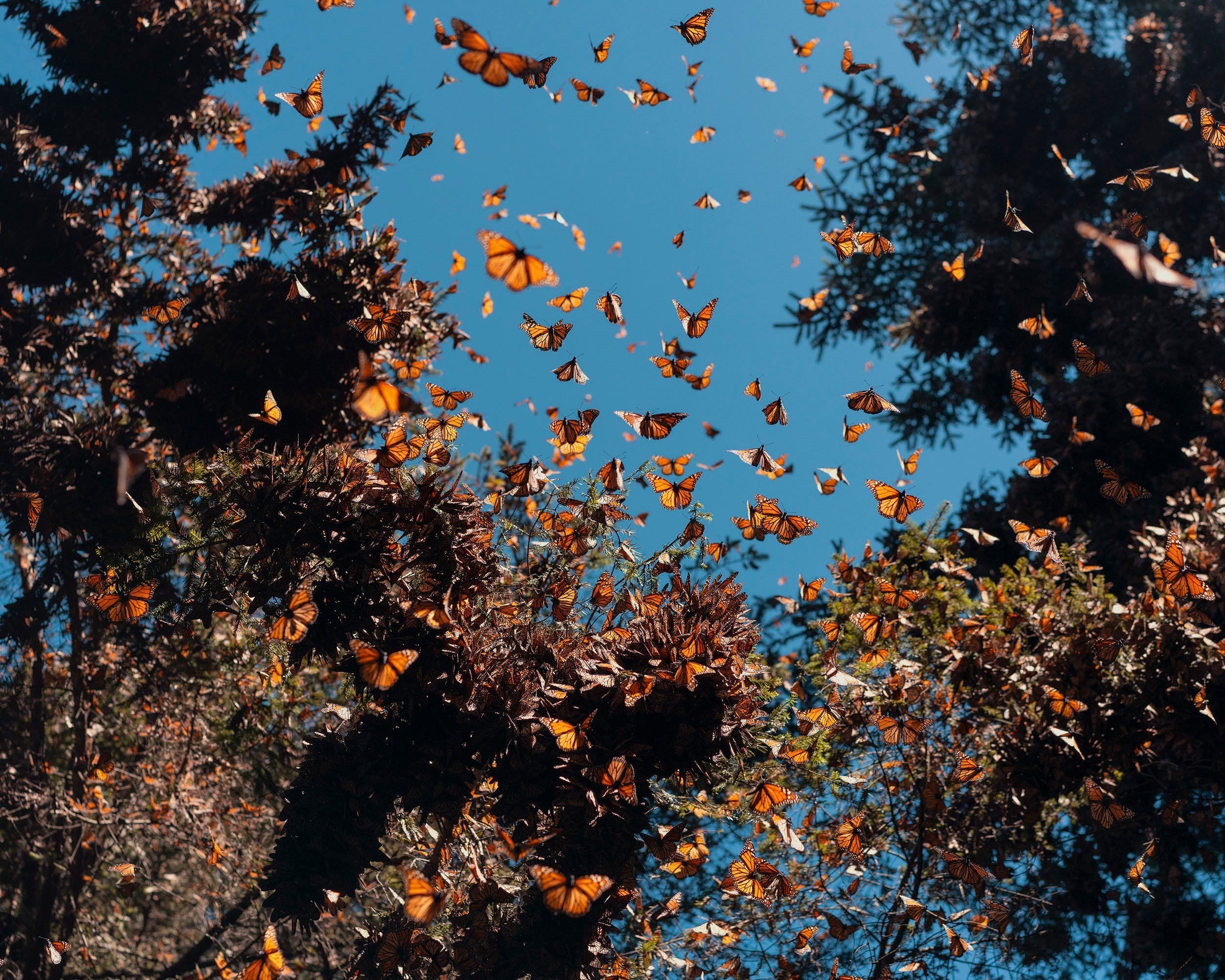
In Mexico the butterflies roost on oyamel fir trees, which grow only at high altitude in an area which is now a 560 square kilometre reserve, run by the World Wide Fund for Nature (WWF) and the Mexican government.
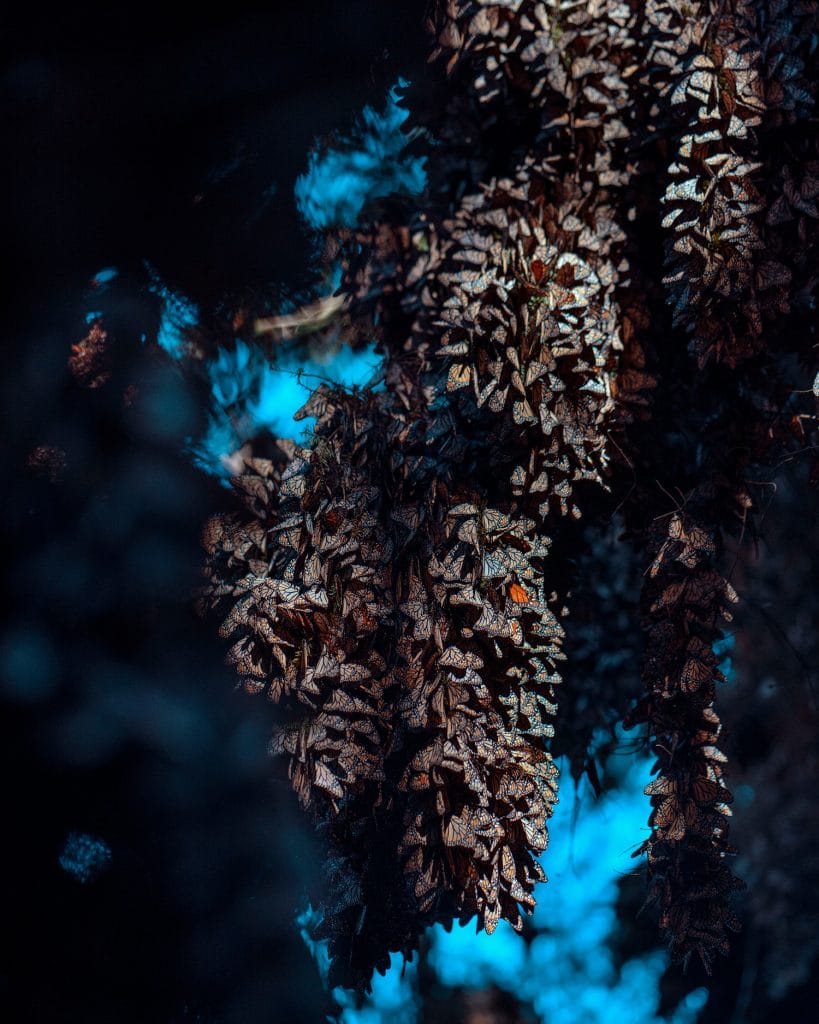

At night the tree branches bend under the weight of thousands of butterflies, clustering together to keep warm. But the trees that protect the insects from the elements are under threat from illegal logging and climate disruption. Much of the work of the butterfly reserve is in protecting and restoring the trees, and finding ways to help them withstand the changing climate.
Thousands of tourists flock to Mexico in the spring to see the skies filled with monarch butterflies for themselves. Monarchs beat their wings more slowly than other types of butterfly, making their movements distinctive.

Butterfly tourism has allowed this region of Mexico to prosper from protecting nature, and rely less on extractive activities such as logging and mining.

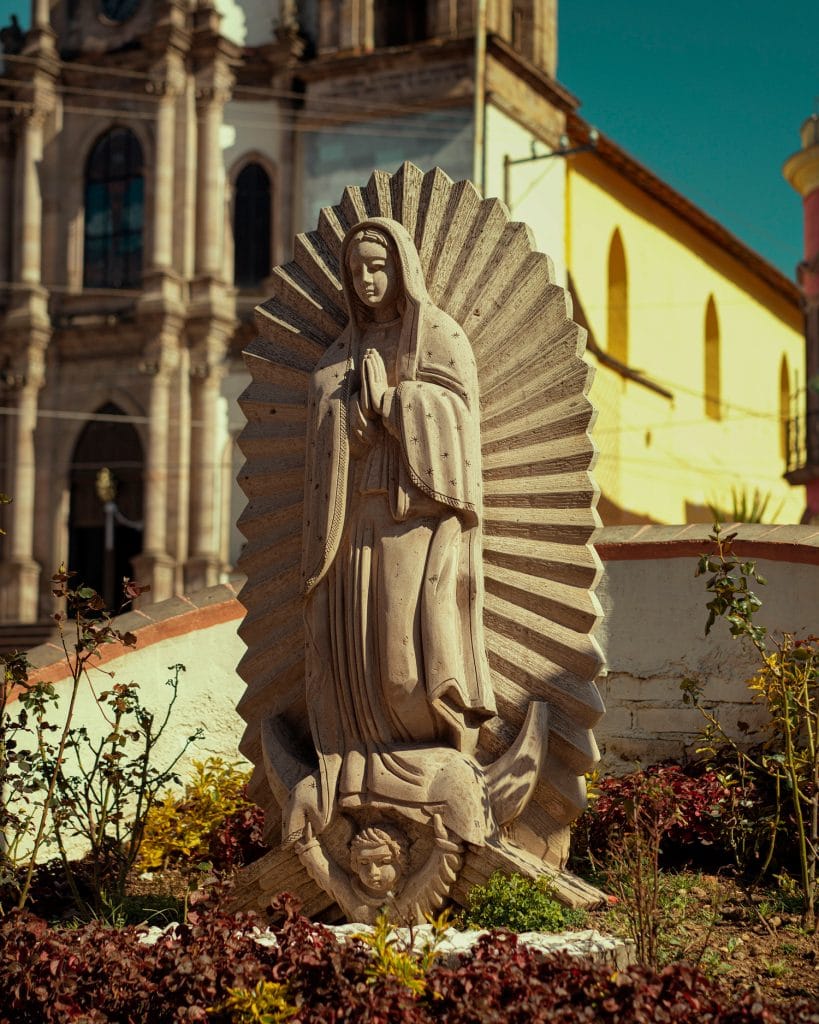
Towns like Angangueo in eastern Michoacan owe some of their recent prosperity to the success of the butterfly reserve. Once a mining town, Angangueo now makes a chunk of its income from tourism too.
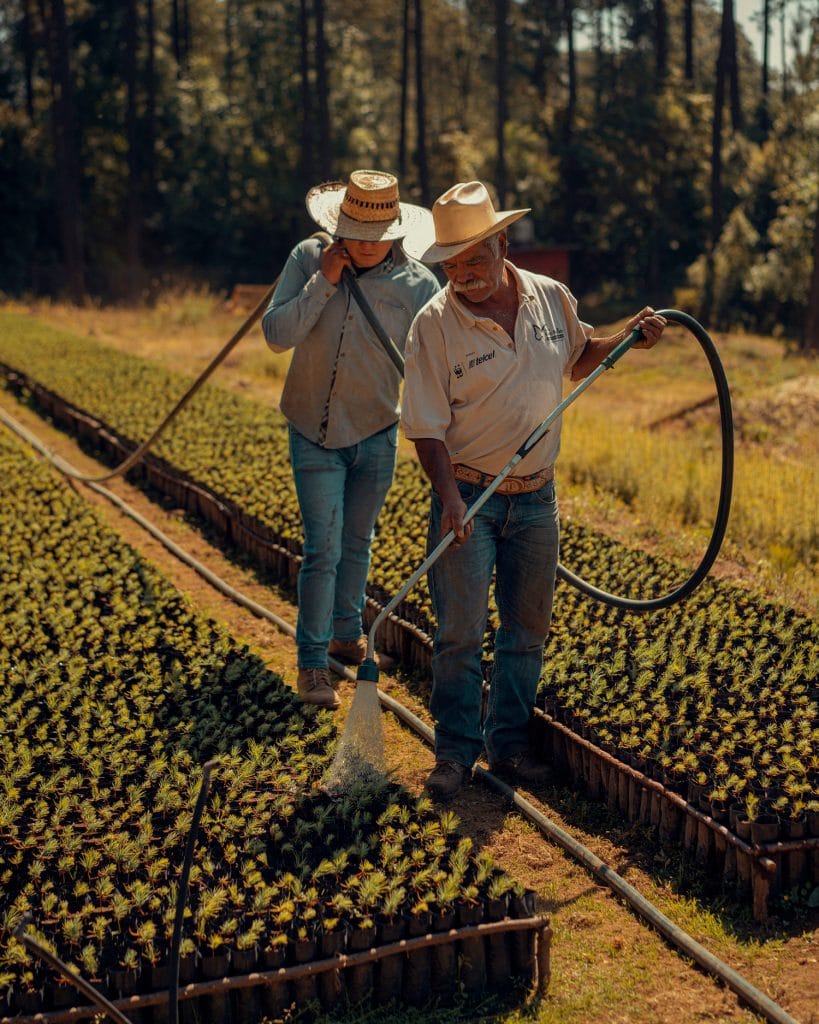

At the Las Novias del Sol cooperative tree nursery, landowner Fernando Solis Sacarias (pictured in the foreground) waters fir tree saplings. Trees grown here help to replenish those lost to bad weather and illegal logging.
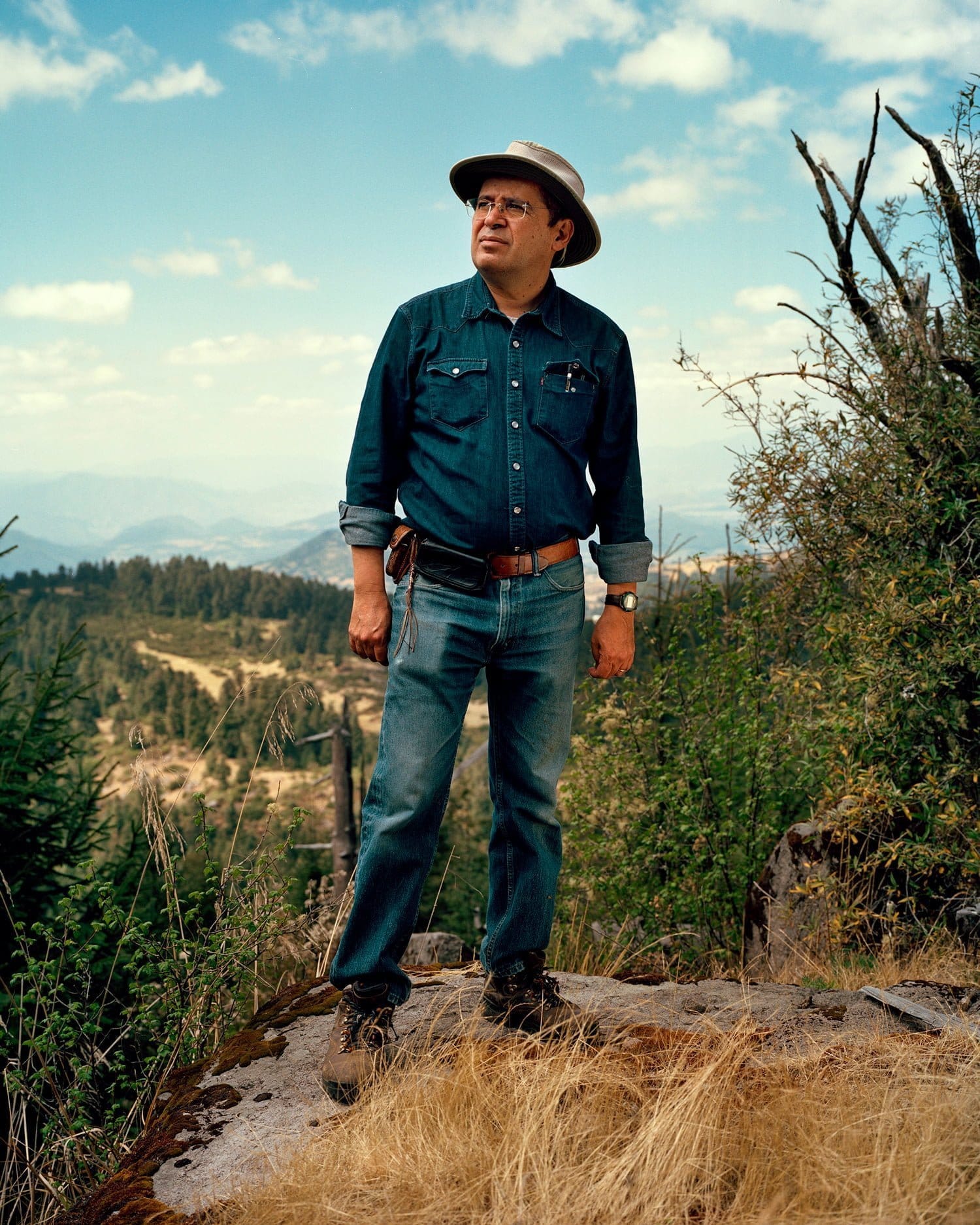
Can selective breeding help the oyamel fir trees to better withstand climate change? Geneticist Cuauhtemoc Saenz Romero has been growing trees at higher altitudes – where they will be less vulnerable to hotter temperatures – and breed those specimens that prove to be most resilient. In this way he hopes to make sure the butterflies continue to have a safe place to ride out the winter.
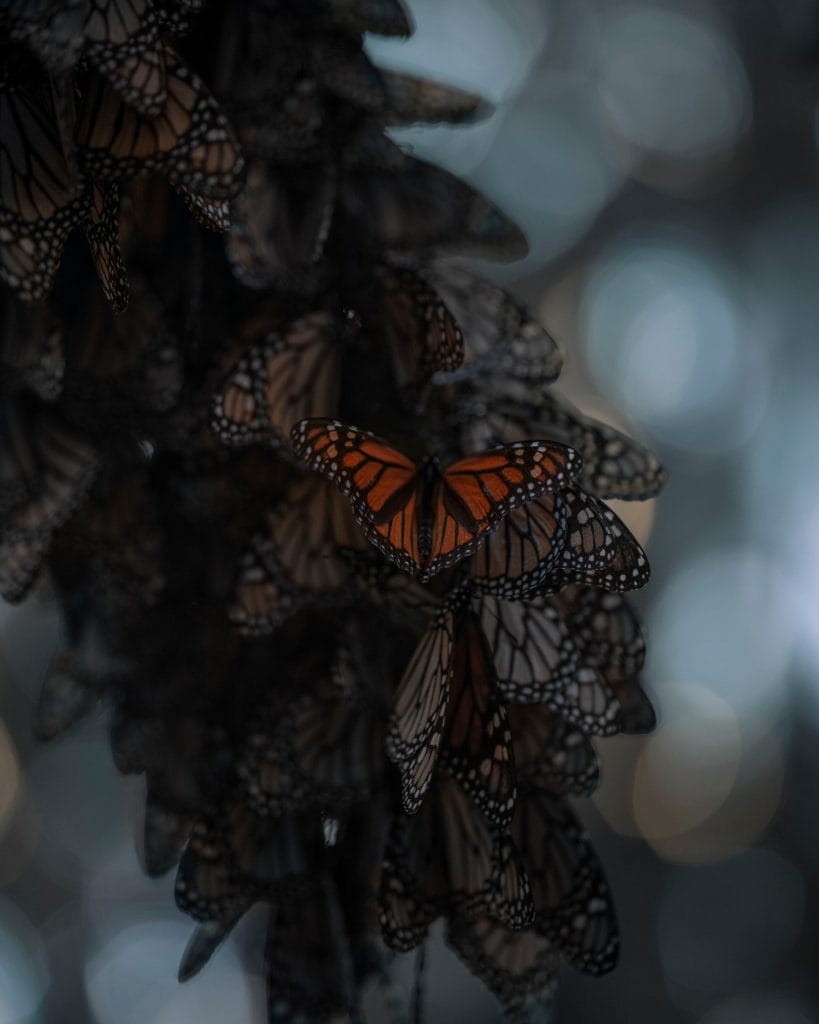
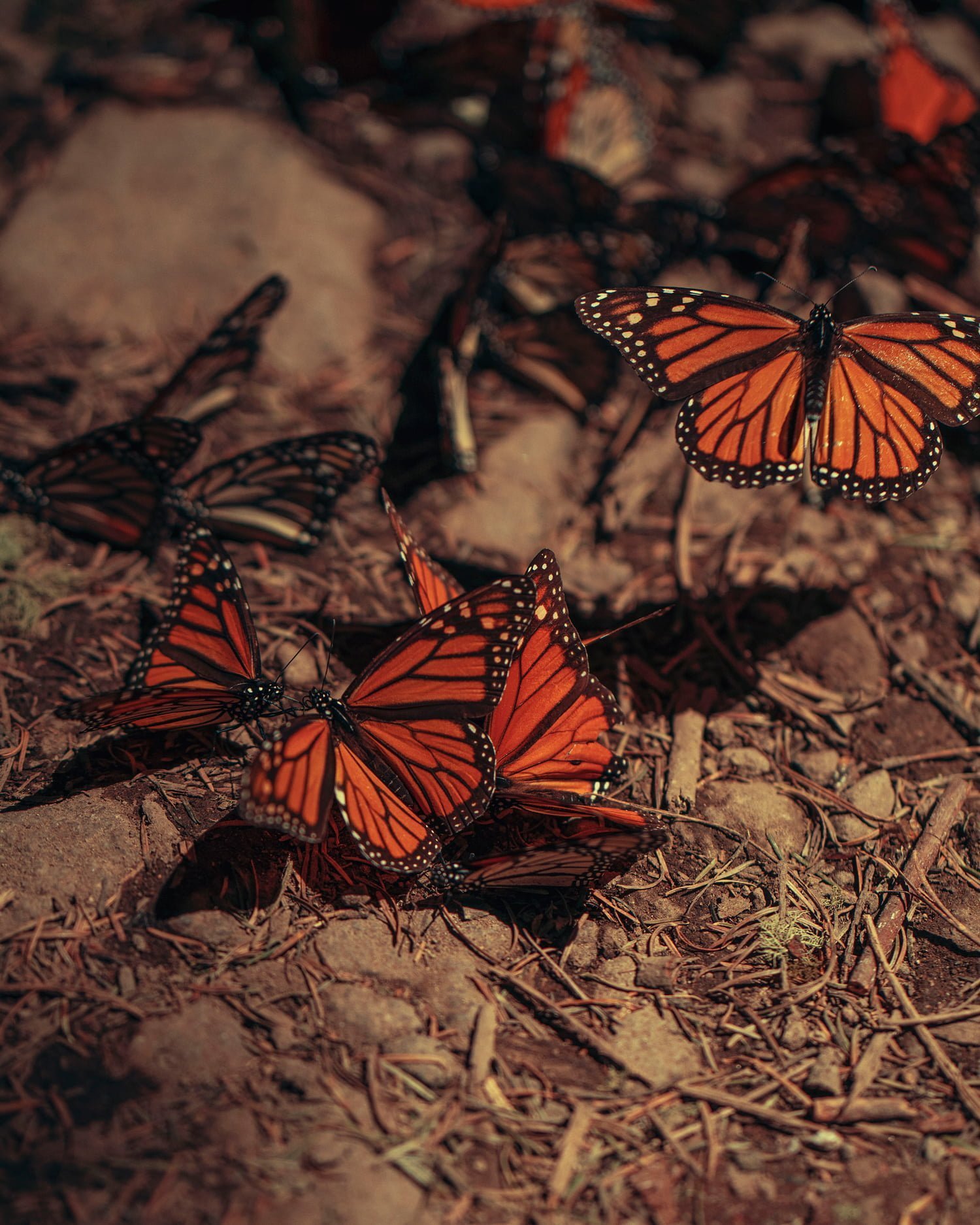
The butterflies are affected not only by the climate here, but also at other points on their migratory journey. The major winter storm that hit Texas in 2021 disrupted their ability to breed, with fewer butterflies surviving the trip to Mexico.
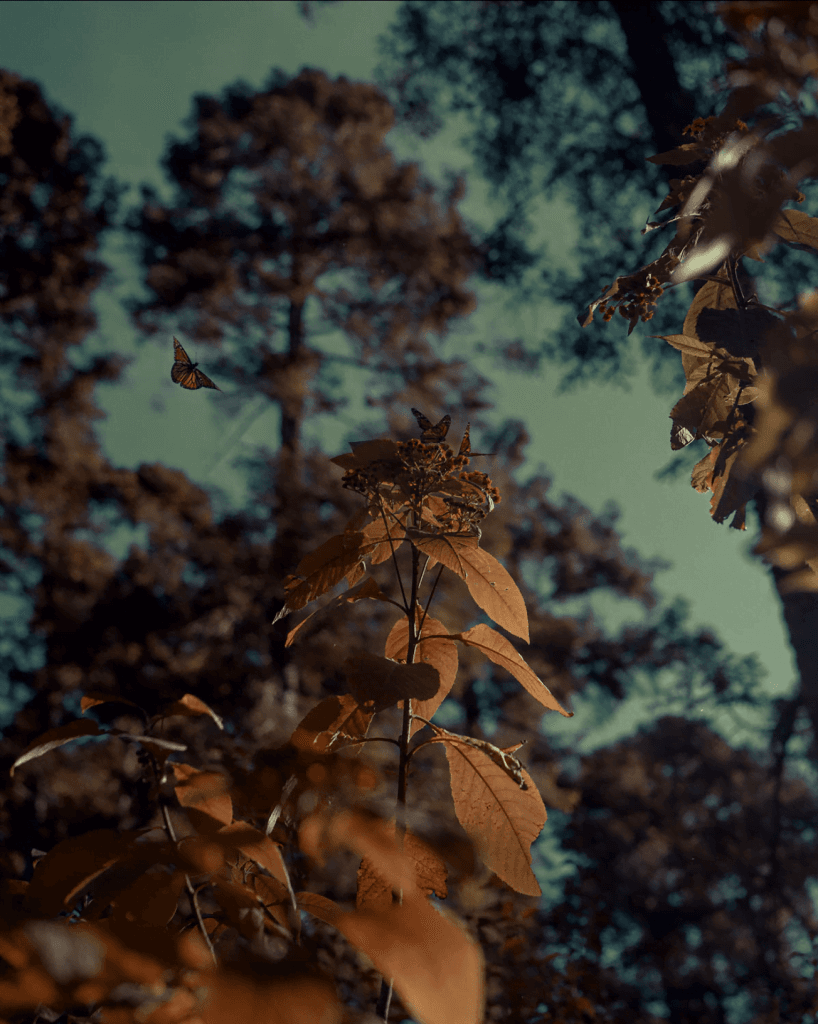
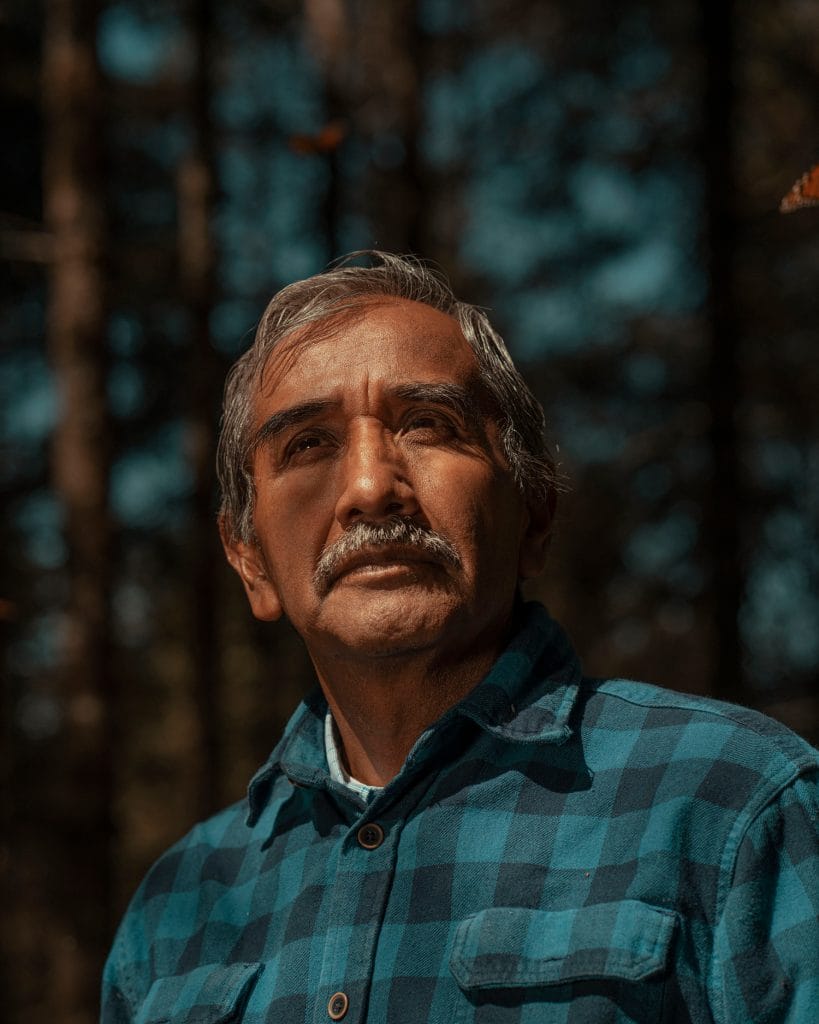
Pablo Angeles Hernández is a forest engineer here at the butterfly reserve. As well as planting trees, experiments are underway here to move existing trees to higher altitudes, to speed up a process that would take many years if left to nature.
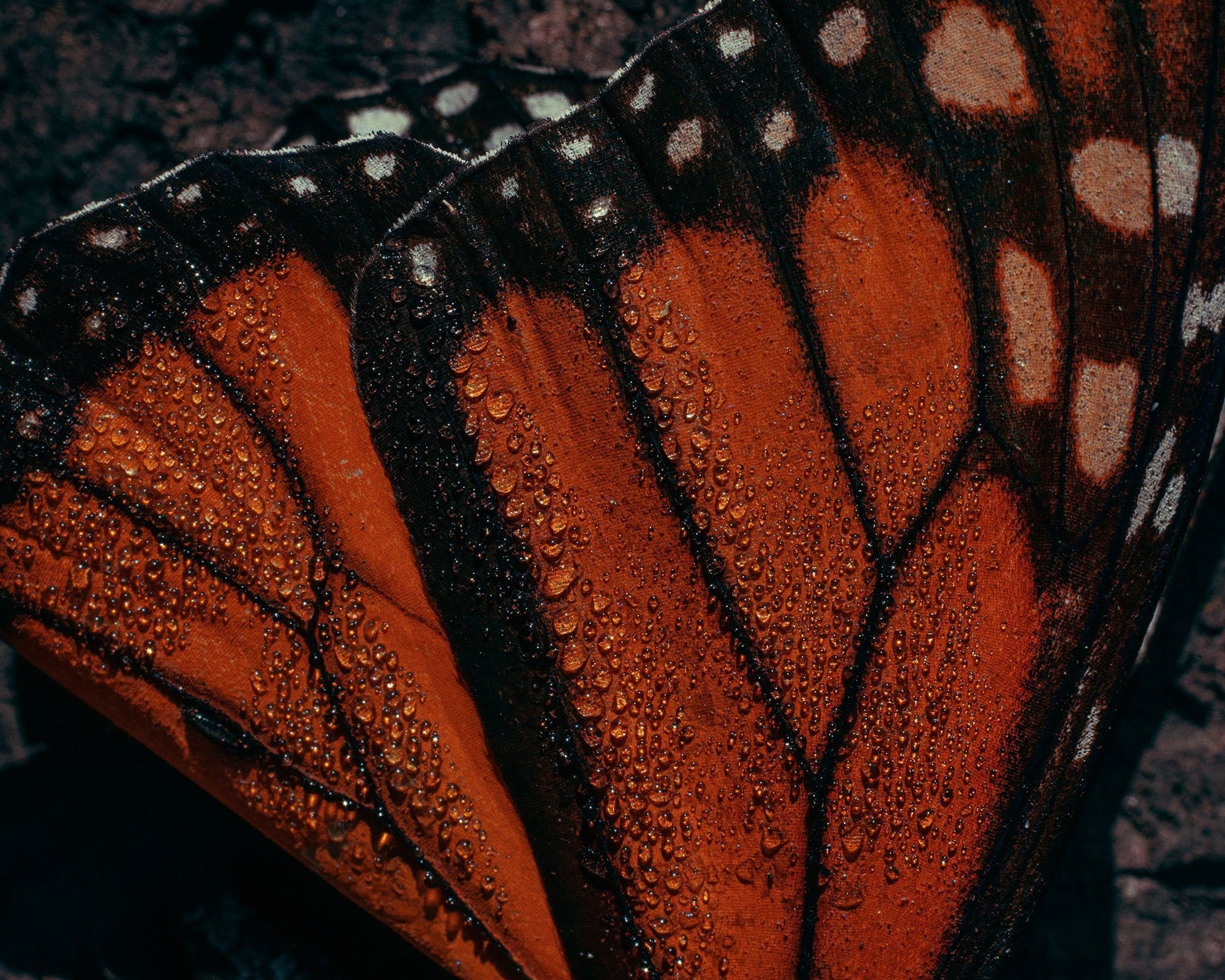
The monarch’s bright colours are not just a decoration, but a warning sign to predators. The milkweed on which the butterflies feed makes them poisonous, causing vomiting in animals that prey on them.
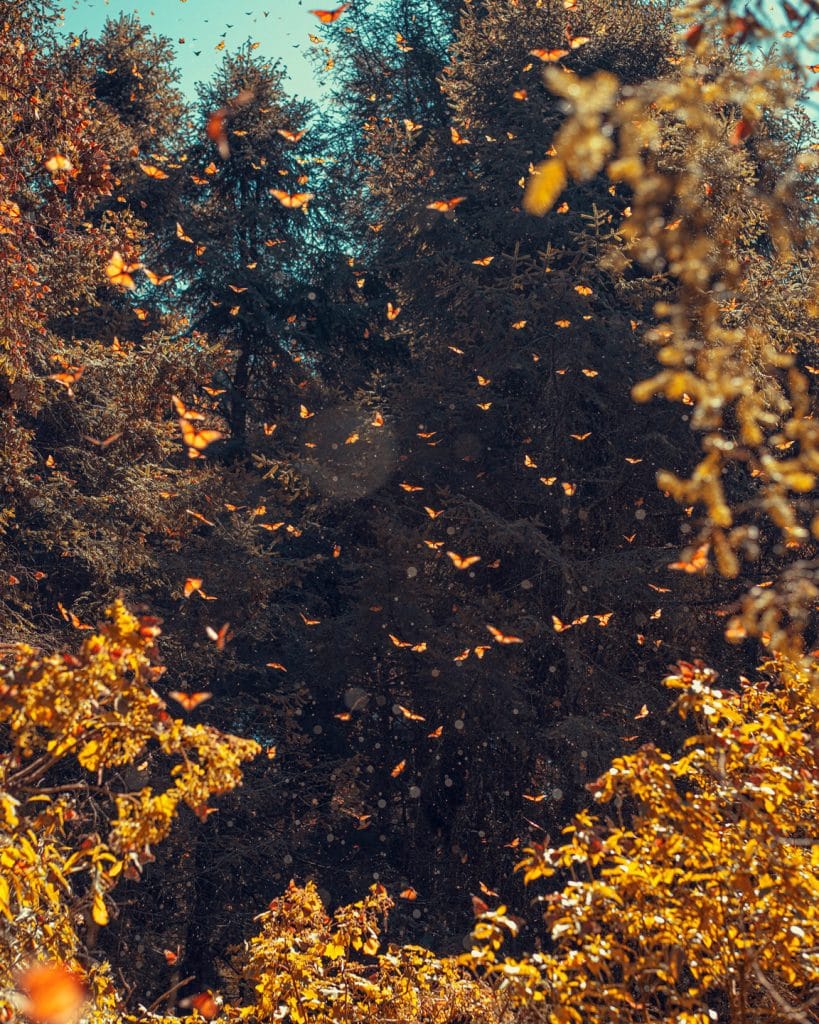

Eduardo Rendón Salinas grew up in this area. He now leads WWF’s monarch butterfly programme in Mexico. Those who work to support reforestation here face danger from the illegal logging trade. In 2020 a tour guide and a supervisor from the reserve who had spoken out against logging, and a tour guide, were found killed.
Like other butterflies, monarchs have taste buds on their feet, which allow them to tell whether a plant they land on is good to eat. While in Mexico for the winter, they rely on fat reserves stored in their bodies.
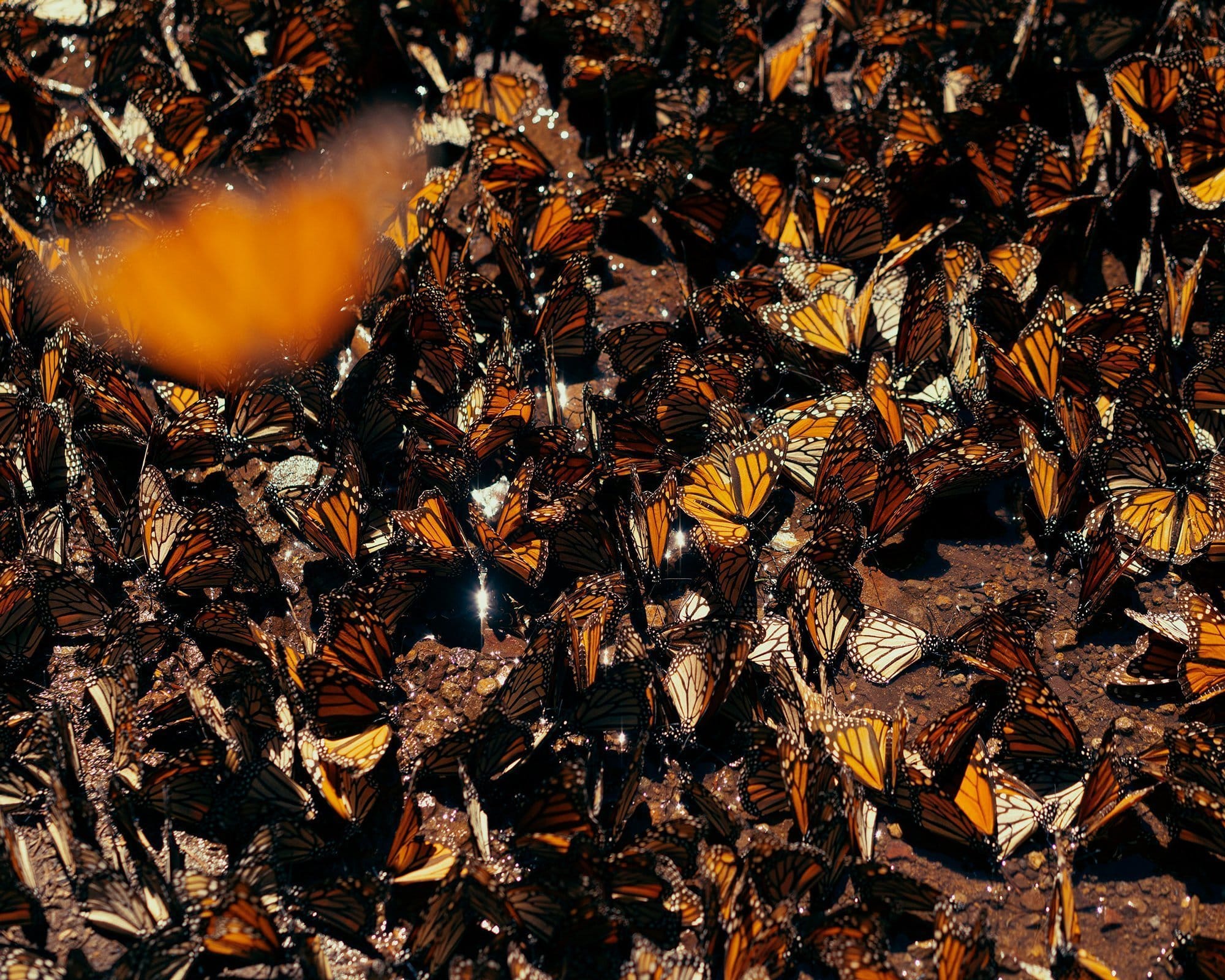
When the weather gets warmer in the springtime, the butterflies become more active and eventually begin the journey back north. On the way, several new generations are born. It will be the great-great-grandchildren of these butterflies that eventually make it back to Mexico.
